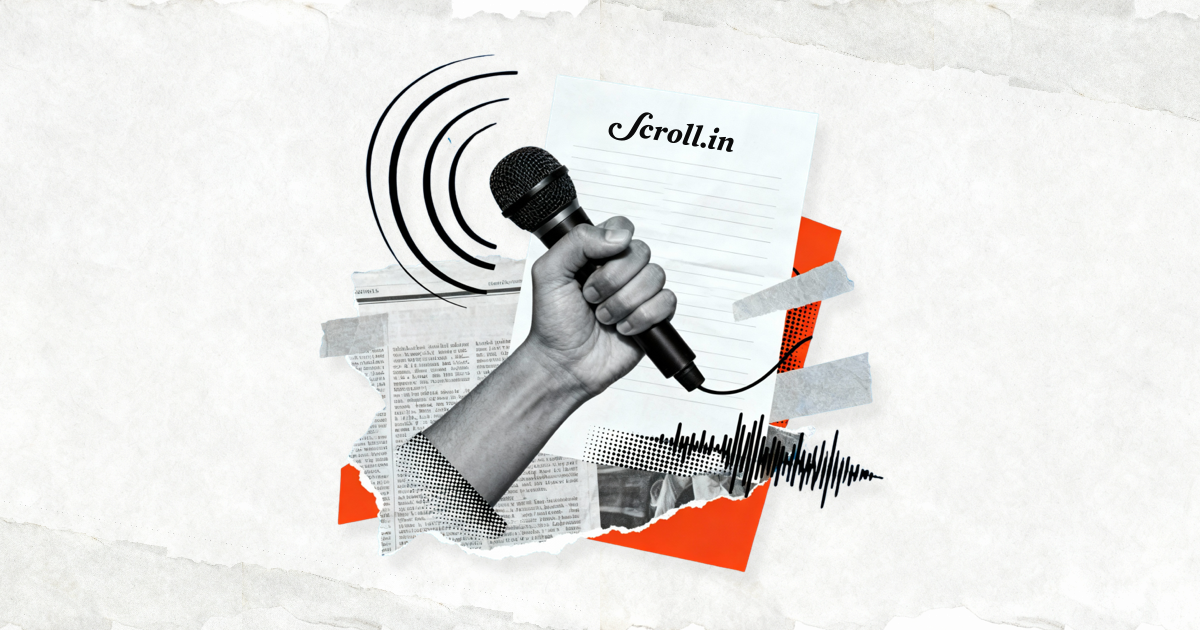
The decade since Scroll makes it clear that across languages, styles, genres and themes, Indian cinema continues to thrive, surprise and provoke.
However, the past 10 years have seen the divide between Hindutva and pluralism widen rapidly and aggressively. The Hindi film industry has been caught in the swirl of this ideological battle. Filmmakers and actors in Mumbai were subjected to truculent scrutiny, trolling and censorship. The criminalisation of Hindu-Muslim ties through law and policy bludgeoned the inter-faith romance in movies. Film personalities queued up to speak for, rather than to, power.
Referring to the situation during the Emergency in 1975, Bharatiya Janata Party leader LK Advani noted that when the media was merely asked to bend, it crawled. Years later, as a BJP-led government rules India, many are bowing and scraping to prove that Advani’s observation about the media’s tendency for timorousness is still relevant.
We labelled it the “Age of Akshay” in honour of the Hindi actor-producer with a “mercantile, risk-averse approach and a conservative, establishment-friendly image”. Read our piece here about what Akshay Kumar’s capitulation said about him and his tribe.

By the end of 2023, we were thinking about a bizarre but perhaps natural consequence of the tensions. There were a worryingly high number of beheadings in films. When did an eye for an eye become passe?
“If there was an off-with-your-head attitude towards democratic debate beyond the movies, popular cinema too adopted a take-it-or-leave-it position,” we noted. Read more about beheading mania here.

Between 2020 and 2022, Bollywood faced another serious challenge: the coronavirus pandemic. There was chatter about the “Death of Bollywood” (always uttered dramatically, just like a movie title), especially after Hindi-speaking audiences rejected productions in their own language for dubbed fare from the South.
A conversation with a Hindi film industry expert revealed that the picture was far more complex: “The Hindi film industry doesn’t seem to have kept pace with the way taste has evolved over the last few years… There is a general upping of audience expectations in terms of style, the way of telling a story.” Read more here.

One of the bright spots of the streaming boom was a gush of South Korean shows and films. Anita Vachharajani wrote about the trend that became a phenomenon and then a fact of life for countless Indians: “If you’re a veteran of the Mills and Boon romance, K-Dramas are like these mass-market romances on steroids. All the things we loved about those books are here. Every toe-curl-inducing romantic motif: attractive, arrogant hero meets somewhat-flawed heroine in an impossible coming-together of different worlds; old friends hesitate at the brink of a changing relationship; older woman notices a younger man noticing her.” Read her essay here.
Another positive outcome of the popularity of streaming platforms was that we accepted movies and shows in languages not our own, with subtitling serving as the bridge.
Devarsi Ghosh wrote about the joys of listening to songs whose lyrics we couldn’t understand: “When I see people point-blank refusing to listen to music because the words are not in a language they understand, I am disappointed. Music is not poetry. If the lyrics are poetry, that’s a bonus. Sure, you won’t be able to appreciate Leonard Cohen or Bob Dylan without ‘getting’ the words, but that’s not true for most pop music.”

It wasn’t always tears and fears. Following the success of Raam Reddy’s Thithi, we mapped the hilarious afterlife of that Kannada indie movie’s unlikely stars, who play the now-iconic characters Gaddappa and Century Gowda.
Nathan’s story that captured the more bizarre aspects of celebrity began thus: “’Grandpa, look here!’ yelled one man. ‘No, here first,’ said another, his phone’s camera on ready. Channegowda and Singrigowda stared blank-faced at the crowd. Their eyes watered under the arc lights, and Channegowda coughed endlessly, but the media and fans were unrelenting.

The year 2021 was the centenary of Satyajit Ray, one of India’s greatest filmmakers. To mark the event, Nandini Ramnath profiled Subrata Mitra, the acclaimed cinematographer of Ray’s early films.
Among the discoveries about the eccentric genius was his perfectionsim: “The story goes that Mitra set out to buy a toaster. He consulted the phone directory, visited a bunch of stores in Kolkata and finally picked one. Upon returning to his Lansdowne Road home, he bought several varieties of bread and proceeded to toast each and every slice. When he realised that the bread wasn’t being browned evenly, Mitra returned his purchase to the store and fed the toast to the neighbourhood strays.”
Read more about the Mitra-Ray partnership here.

Another birth centenary was celebrated in 2023, this time of Dev Anand. It inspired filmmaker Sriram Raghavan to remember the morally ambiguous characters played by the Hindi movie star. Raghavan wrote: “Much before Amitabh Bachchan and Shah Rukh Khan, much more than Dilip Kumar and Raj Kapoor, it was Dev Anand’s bold film choices that shaped what is called the Bombay noir.” Read his essay here.

Alongside chasing the week’s releases, we occasionally looked back on the films and directors who inspired us. Analysing the aesthetics of Mani Ratnam’s Iruvar led Nandini Ramnath to discover how reflective surfaces play a fascinating role in a movie about the gap between dreams and reality: “The illusion of lasting happiness created by cinema is undermined by events beyond the screen. Mirrors, so crucial to the filmmaking process, provide handy backdrops for important incidents in the narrative.” Read the essay here.
Seeking refuge from the increasingly disheartening headlines, Devarsi Ghosh revisited the best film and pop tunes from the 1990s. His list of that decade’s chart-toppers provided the smiles we needed to endure the decade just gone by. Read about the definitive 1990s playlist here.





















Write a comment ...